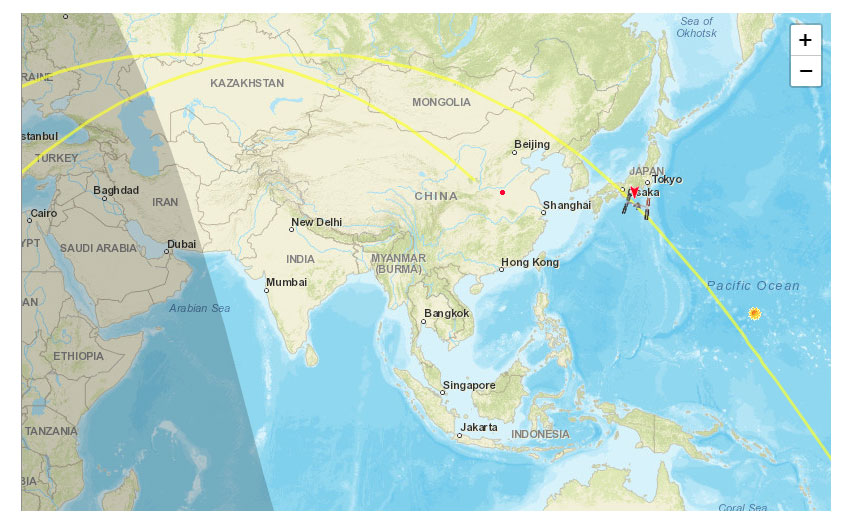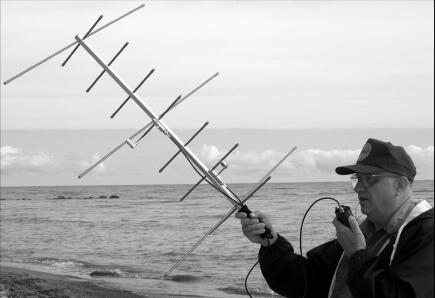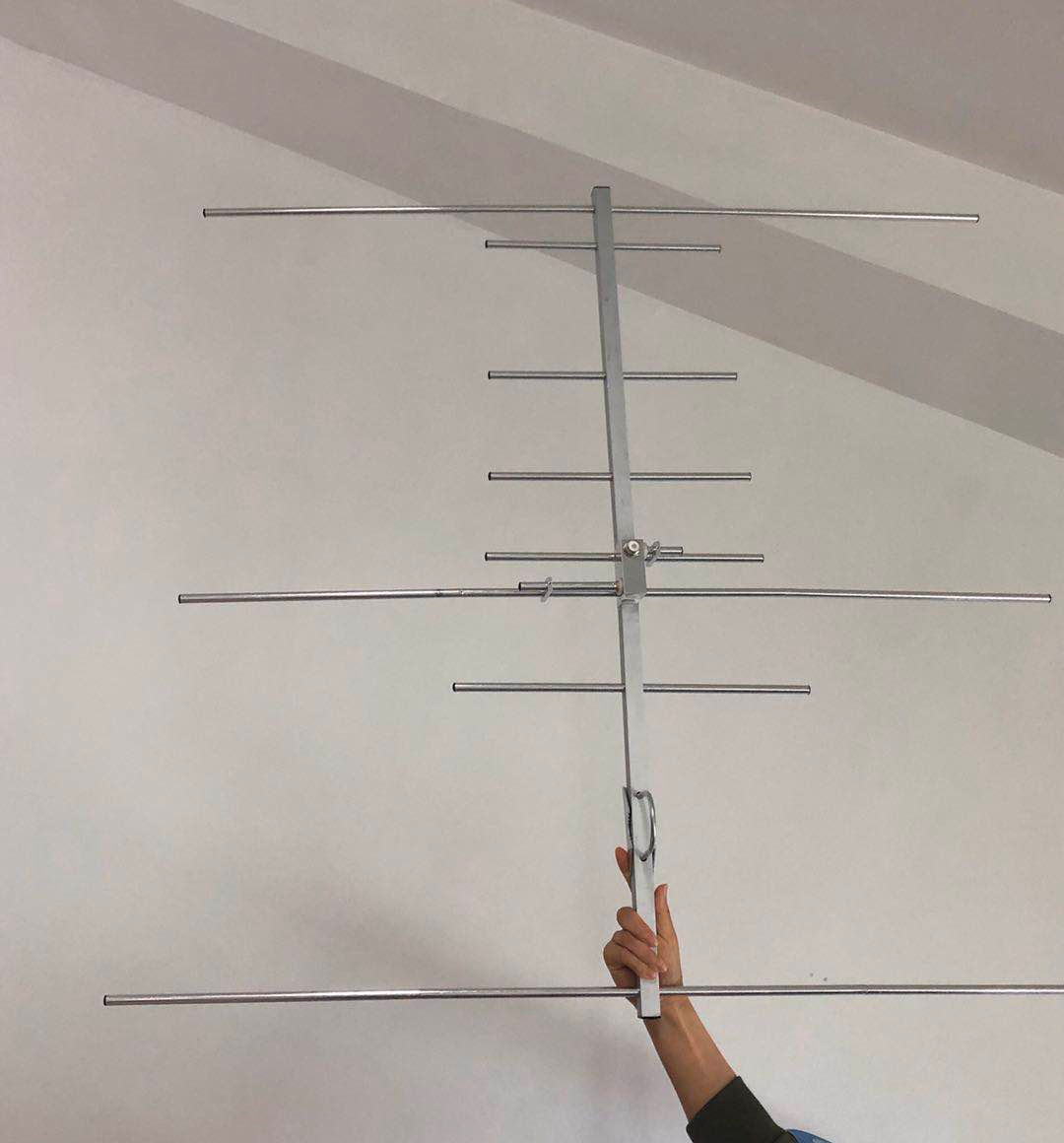+86 15093323284 hams@ailunce.com
Why your Radio can't receive satellite signals? Polarization is wrong

First of all, this is a very easy to understand concept, really simple. Moreover, it is very practical, which is related to whether we can receive satellite signals and then carry out satellite communication.
In any case, what we often say about the difference between a horizontally polarized antenna and a vertically polarized antenna, ground is the reference.
However, when the antenna is pointed directly at a satellite, this reference is effectively invalid.
But in fact, when connecting satellites, we found that whether you use a Yagi antenna or an ordinary radio antenna, the signal strength will change greatly after rotating a certain angle.
It seems that satellite communications require different polarizations. What is going on?
In the field of professional satellite communications, we tend to use circular polarization and most of the satellites we are familiar with use circular polarization.
There are two reasons:
Firstly, when a linearly polarized signal propagates in the atmosphere, an anomaly occurs, such as Faraday rotation, which changes the polarization of electromagnetic waves.
Secondly, since most amateur satellites are not geostationary satellites, the polarization mode will also change when the satellite passes over the earth observation point. When using linear polarization, the above two reasons will bring huge antenna system loss, so it leads to circular polarization.
Amateur radio enthusiasts often use cross-polarized linear Yagi antennas.

Such a combination will produce an effect of approximately circular polarization, which is very suitable for amateur satellite communications.
Technically, they produce elliptical polarization. Then, through simple control of the phase network, it is possible to switch between left-hand circular polarization and right-hand circular polarization.
When one is circularly polarized and the other is linearly polarized, the loss between unmatched polarized antennas is usually limited to 3dB. This is in contrast to the worst-case loss between horizontal and vertical polarization, which may cause losses greater than 20dB. In fact, in theory, it is close to infinite loss.When left-handed circular polarization and right-handed circular polarization signals are used together, there are similar high losses, and vice versa.
Therefore, when we use ordinary Yagi antennas and hand antennas, we must rotate the direction, look for the signal, and then successfully receive it, and then carry out satellite communication.












